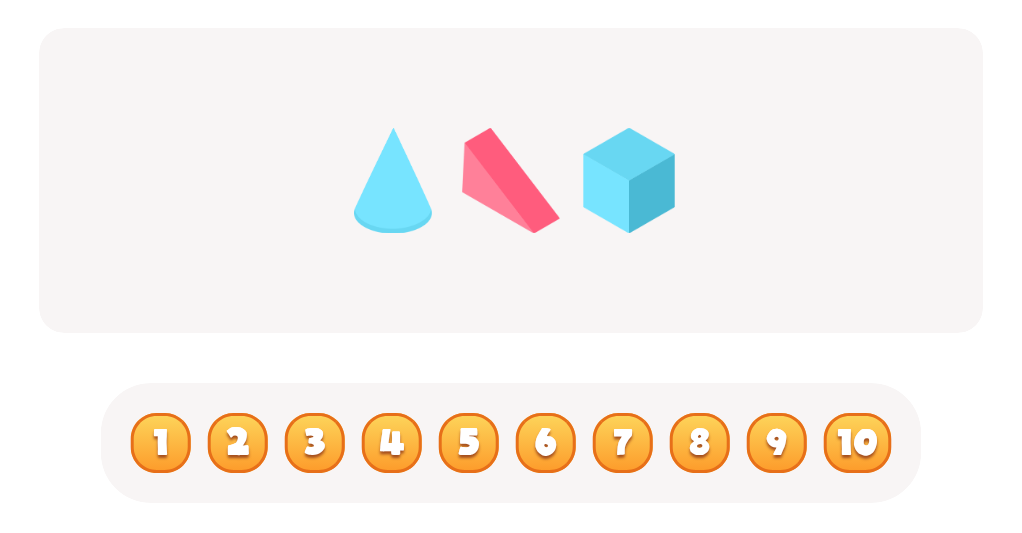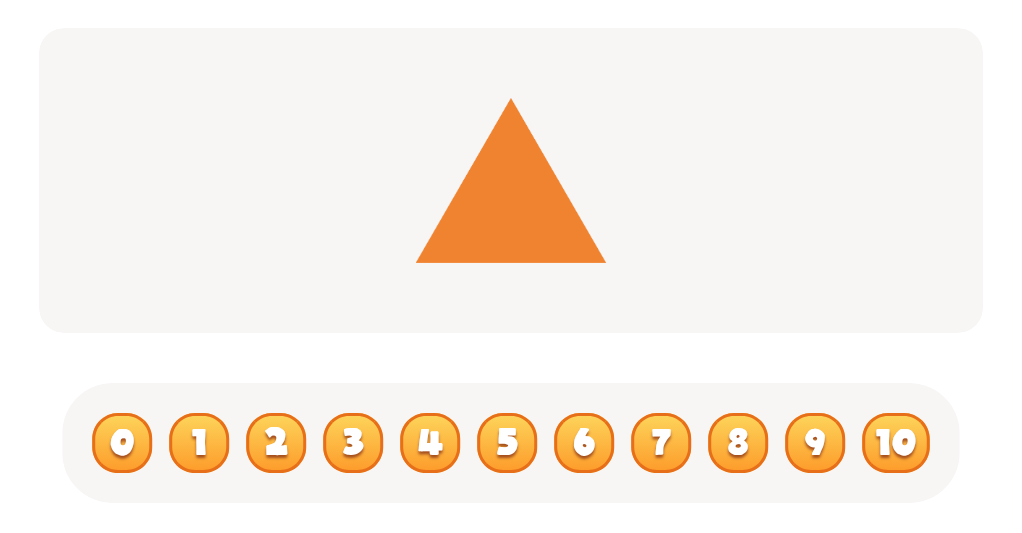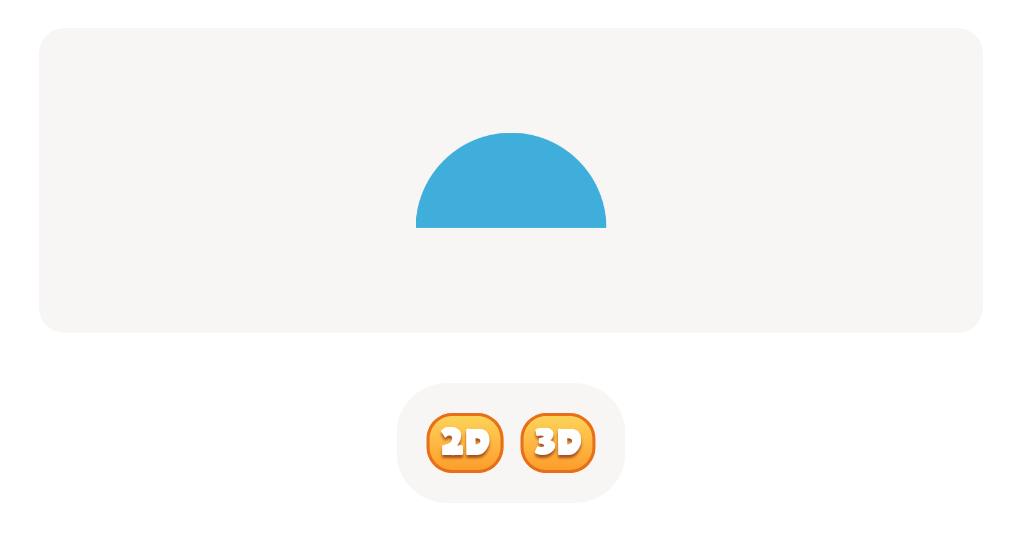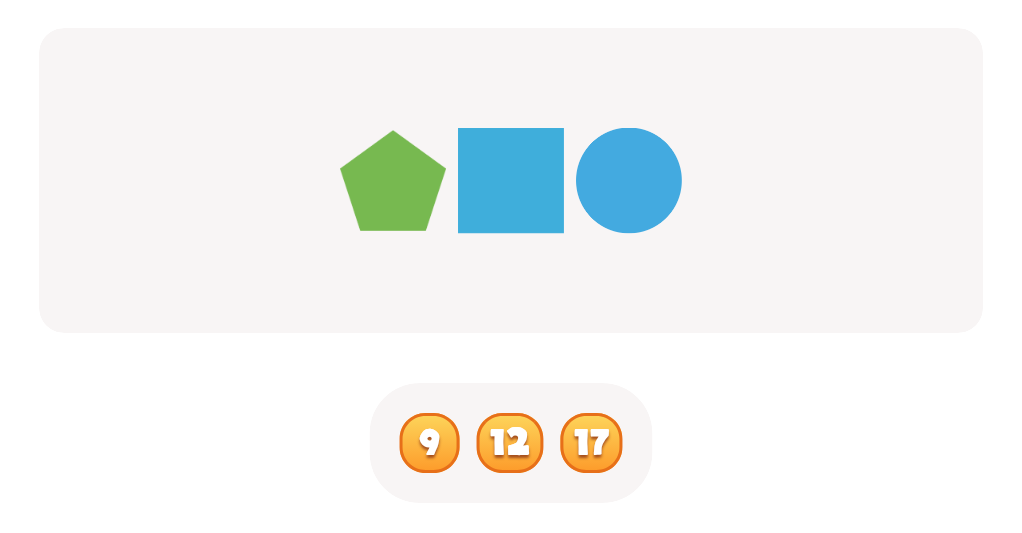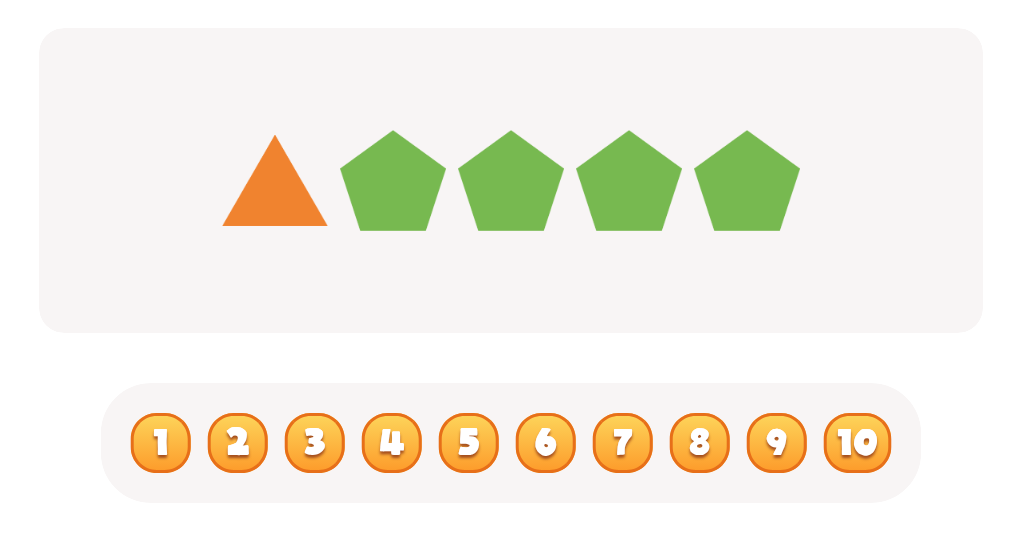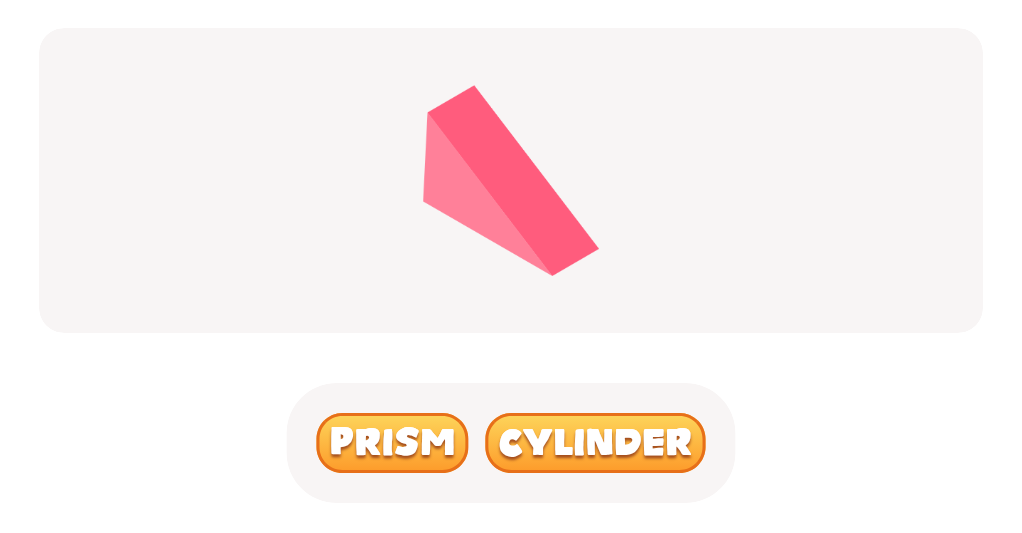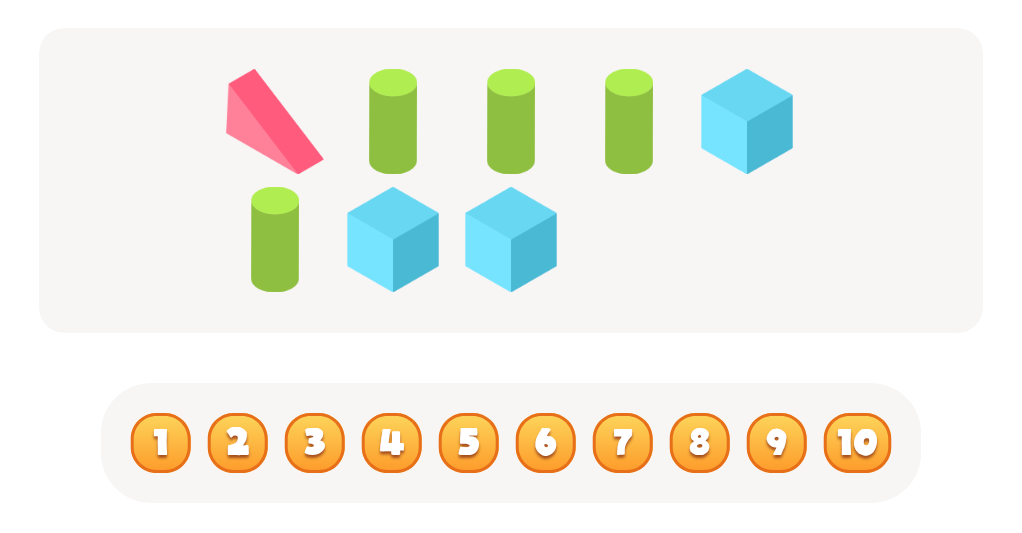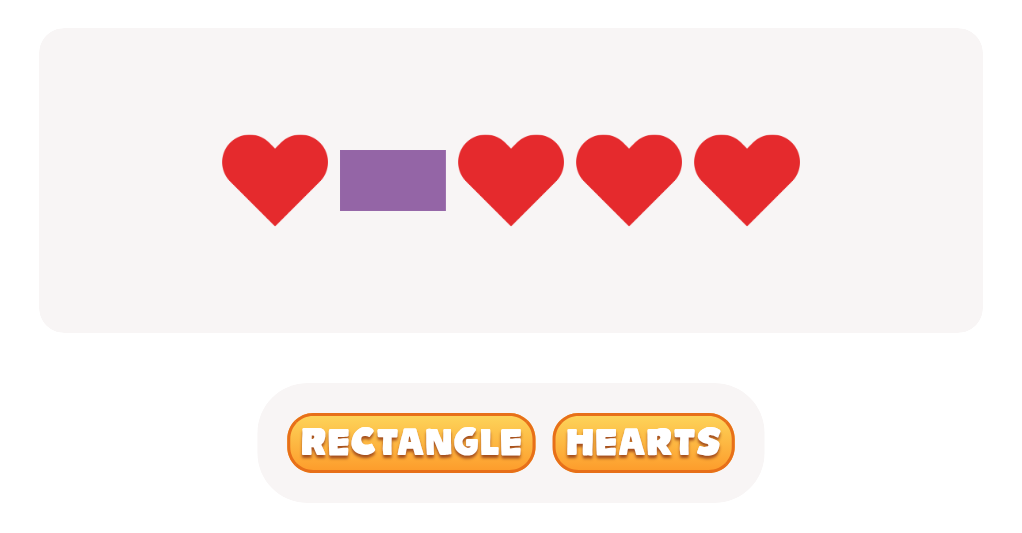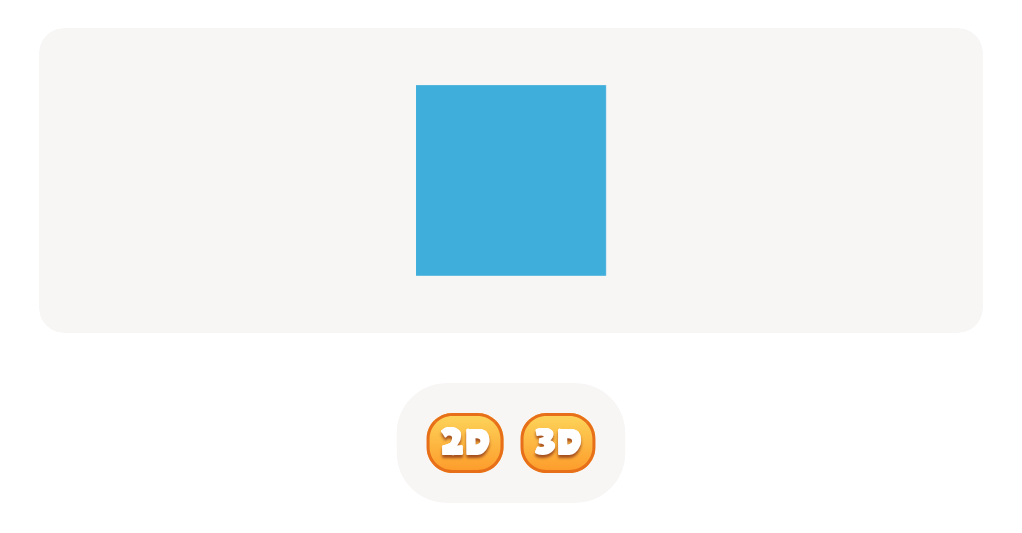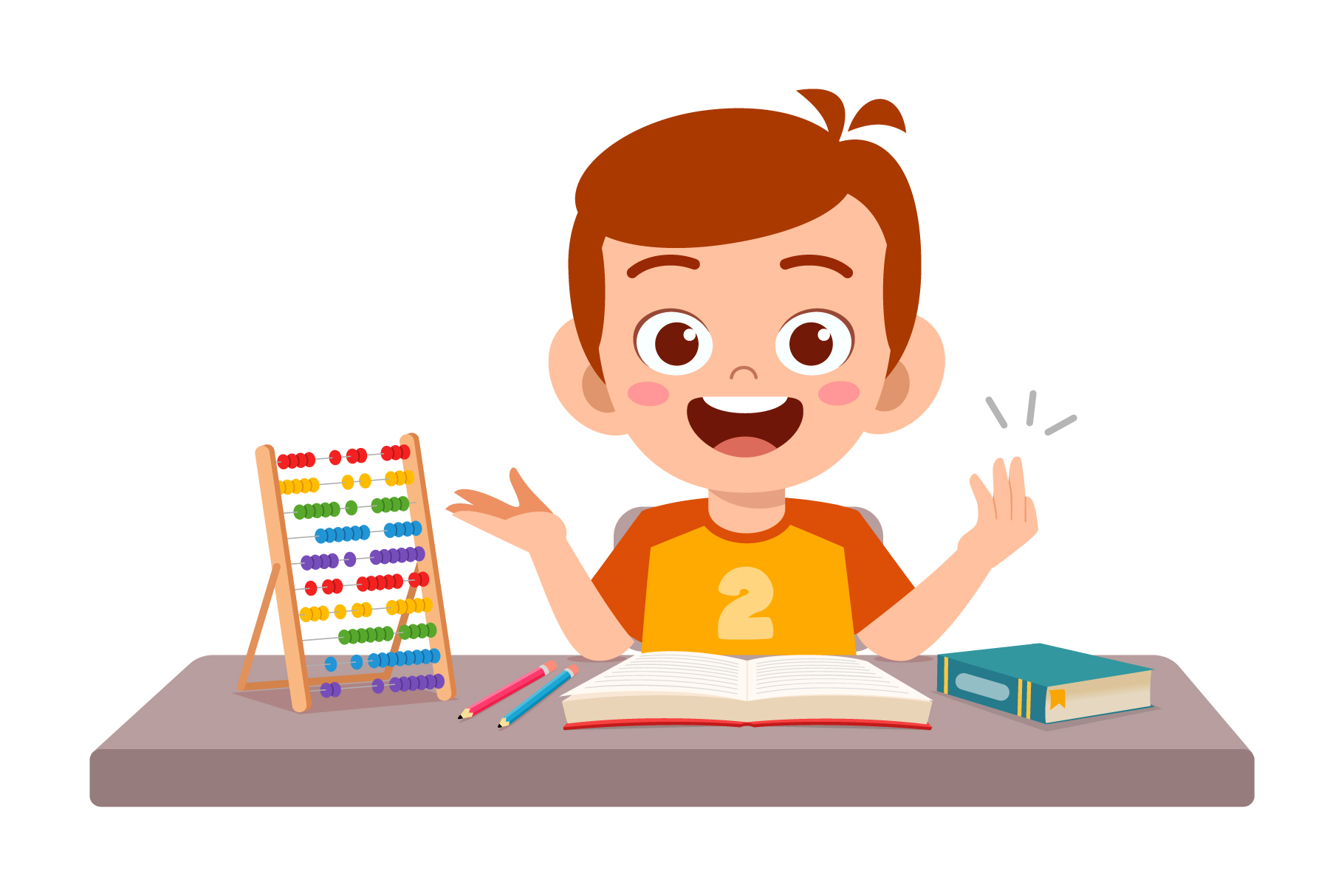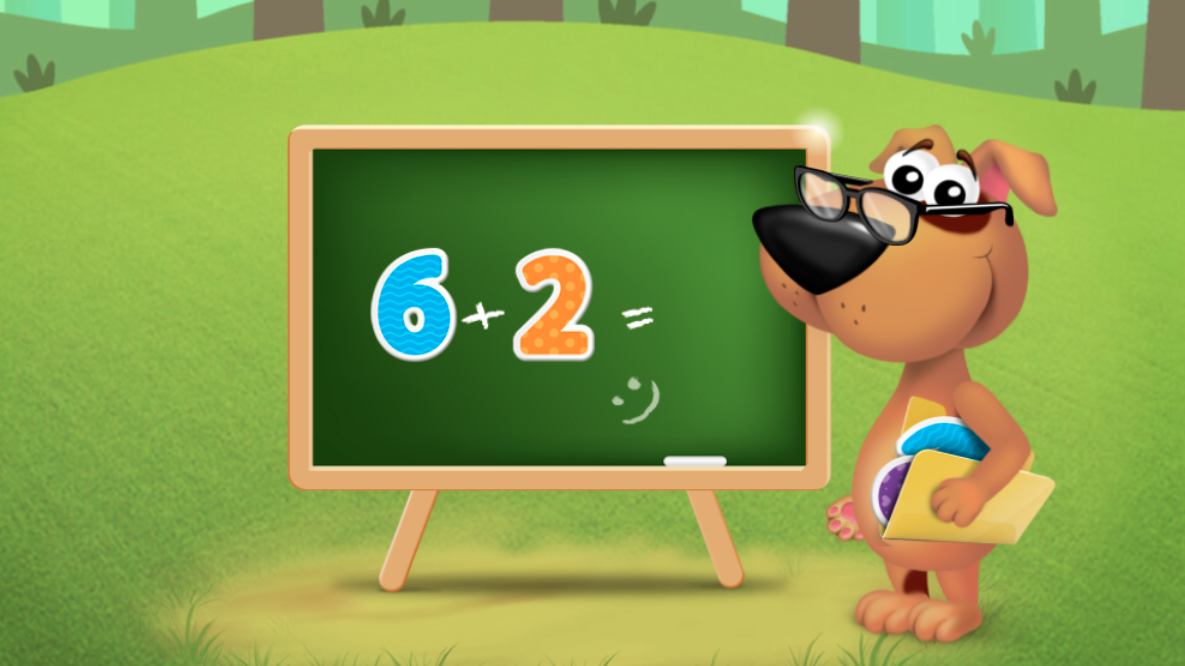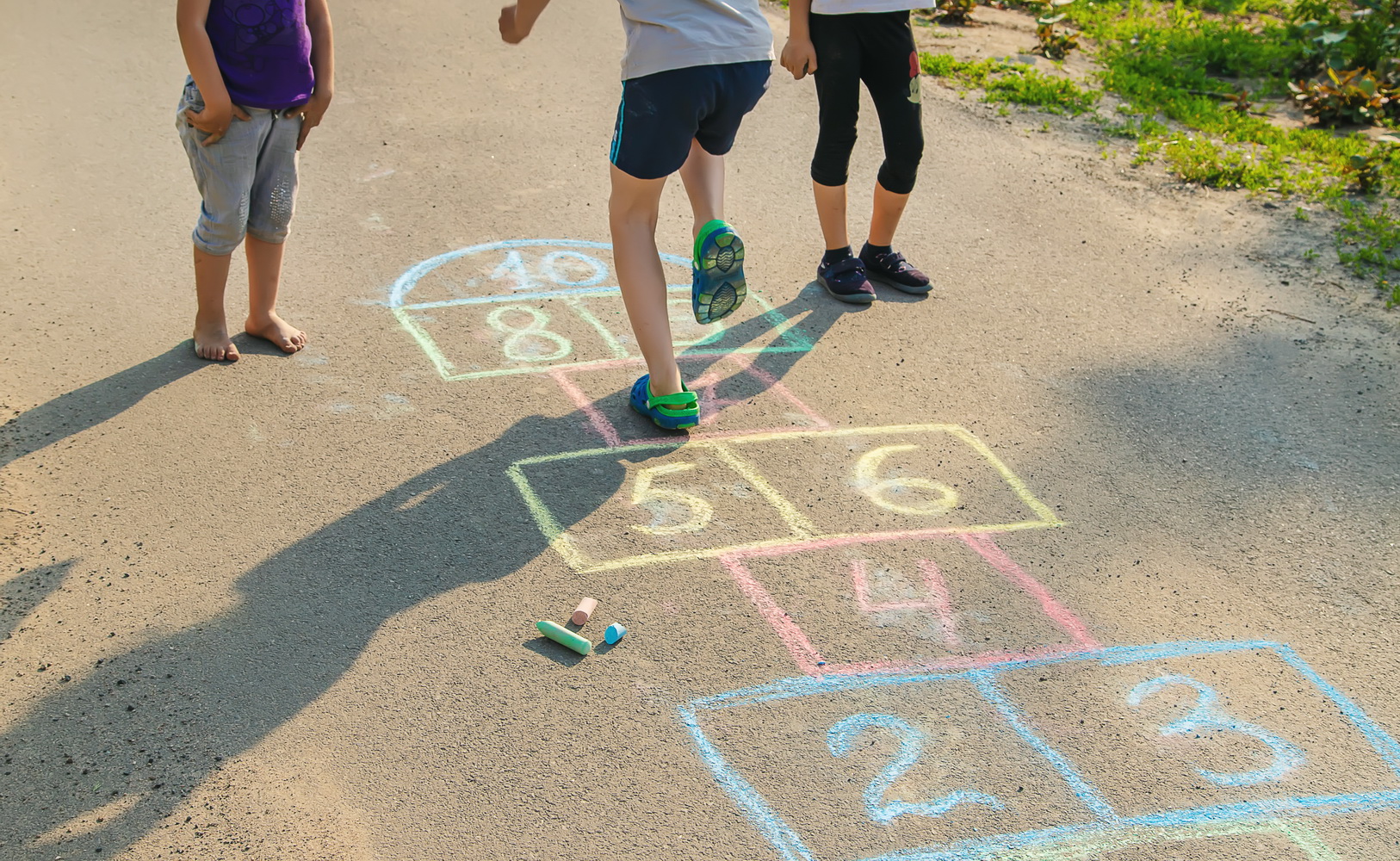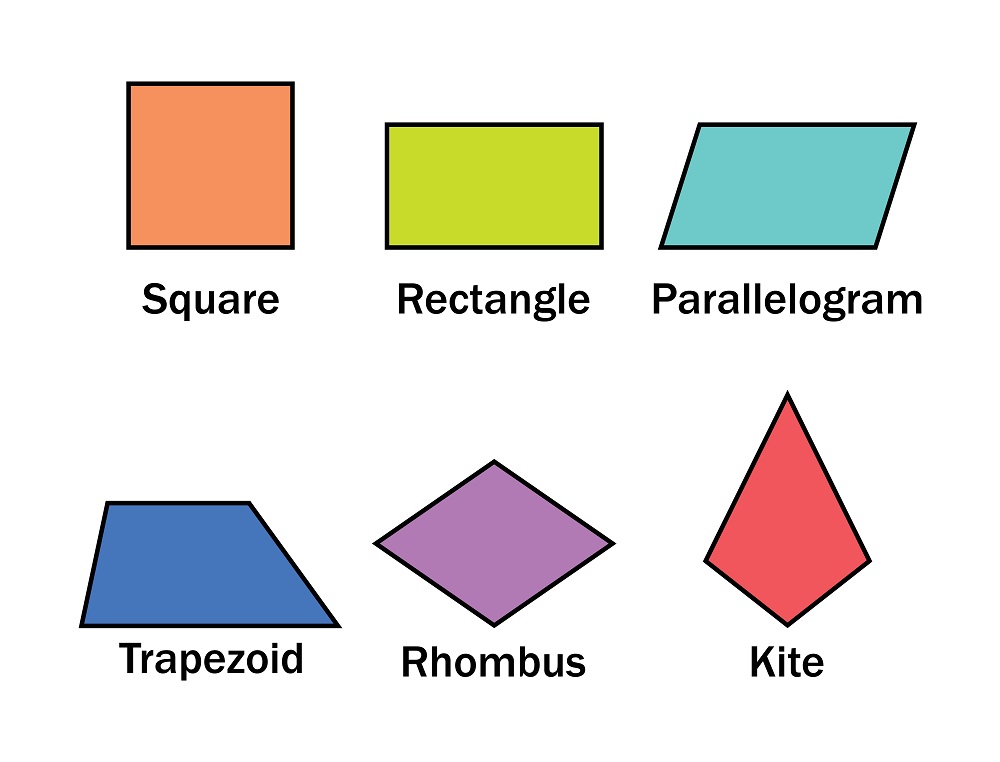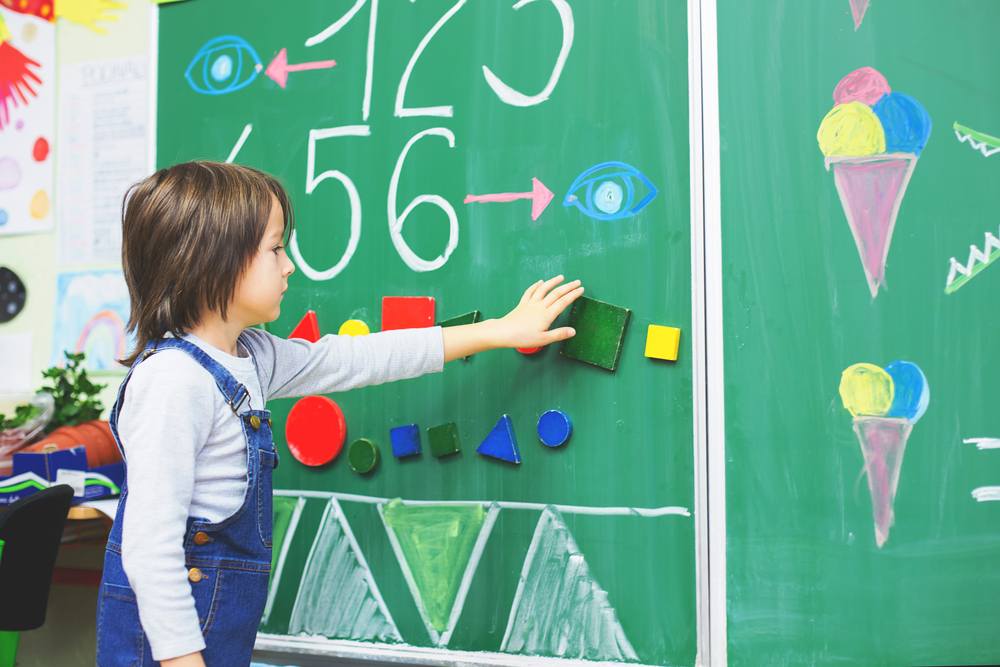Following instructions Geometry Worksheets for Ages 6-7
5 filtered results
-
From - To
Our "Following Instructions Geometry Worksheets for Ages 6-7" are designed to help young learners master essential geometric concepts while enhancing their listening and following instructions skills. These engaging, teacher-crafted worksheets introduce children to shapes, patterns, and basic geometry terms in a fun and interactive way. Each worksheet provides clear, step-by-step directions to boost confidence and ensure mastery of each concept. Perfect for home or classroom use, these resources aid in developing both critical thinking and fine motor skills. Make geometry a delightful adventure for your child with our creative and educational worksheets!
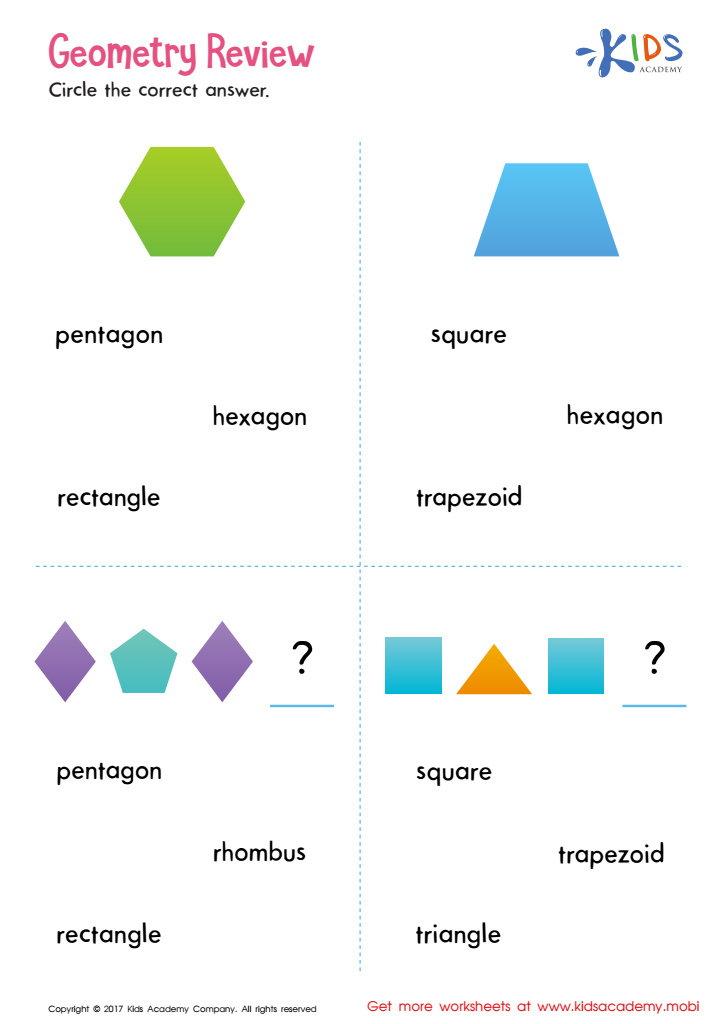

Geometry Review Printable
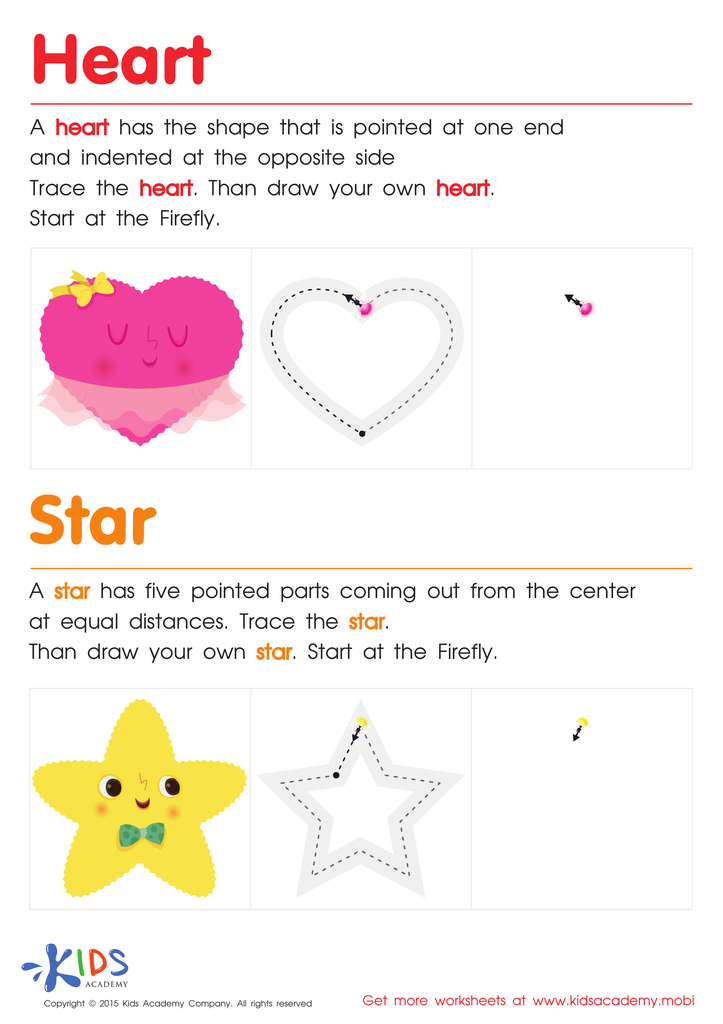

Let's Learn to Draw Hearts And Stars Printable
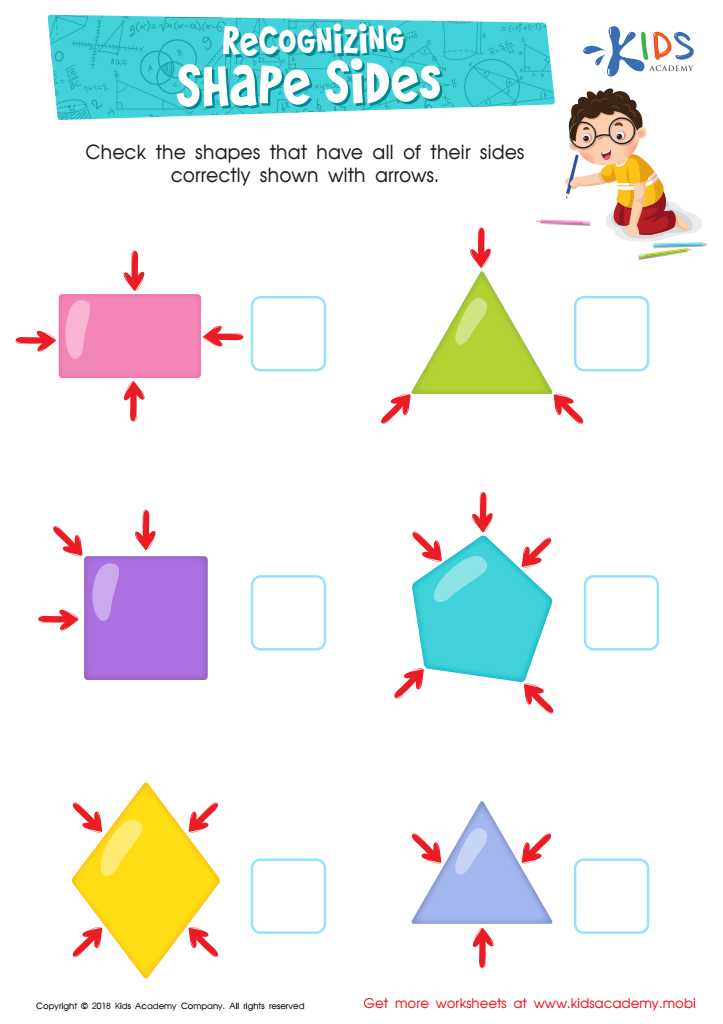

Recognizing Shape Sides Worksheet
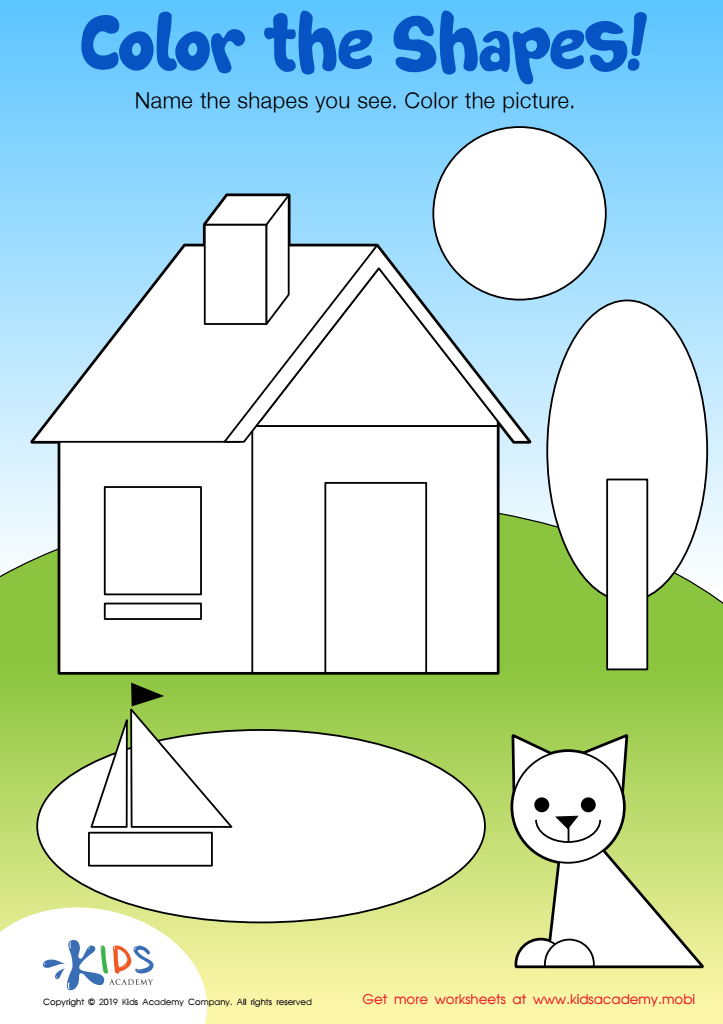

Color the Shapes Worksheet
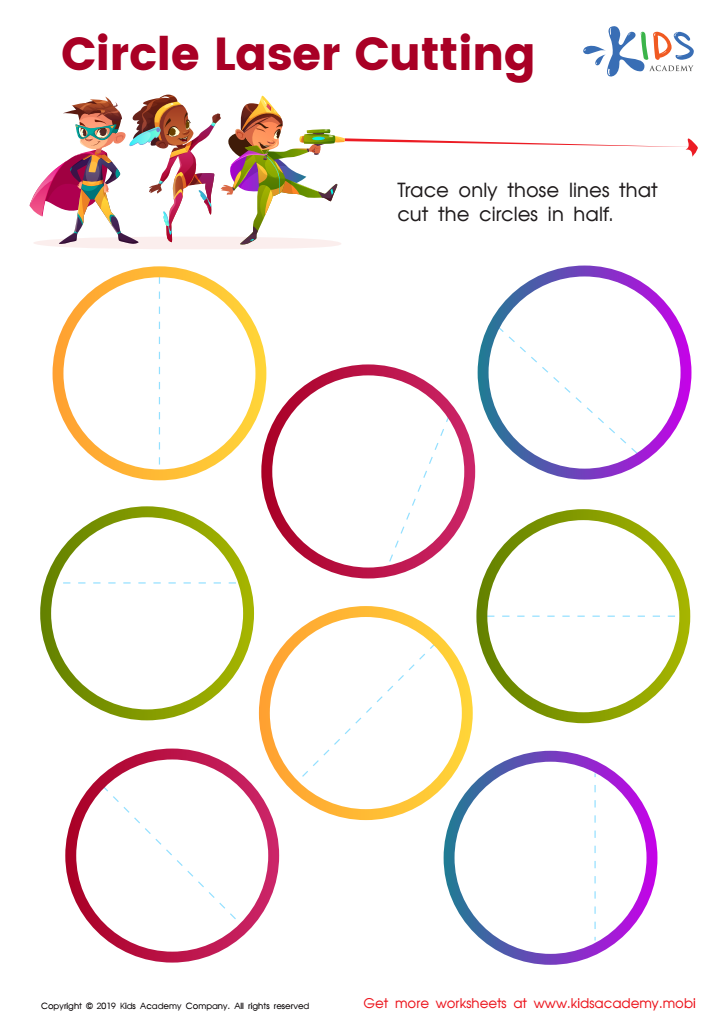

Circle Laser Cutting Worksheet
Following instructions in geometry for children aged 6-7 is fundamental for their overall cognitive and academic development. At this age, children's brains are highly receptive to new information, and learning to follow instructions helps build critical thinking and problem-solving skills.
Geometry, involving shapes, sizes, and spatial understanding, requires precise instruction-following. When children accurately follow geometry-related instructions, they develop their ability to visualize and manipulate objects mentally. This strengthens their spatial awareness—critical for subjects like mathematics, science, and even everyday activities such as organizing their space or understanding maps.
Moreover, successfully following instructions in geometry fosters a sense of discipline and attention to detail. Kids learn the importance of sequence, order, and accuracy, which are transferable skills to other academic areas and life's tasks. It also builds their confidence; when they see that they can follow steps correctly and achieve a desired outcome, they are encouraged to tackle more complex challenges.
For teachers and parents, monitoring children's adherence to geometric instructions provides insight into their comprehension and abstraction levels. It helps identify areas needing further exploration or support. Investing effort in this foundational stage paves the way for higher-level thinking and continuous academic success. Hence, cultivating these skills early on is crucial: it forms a cornerstone for lifelong learning and achievement.
 Assign to My Students
Assign to My Students
